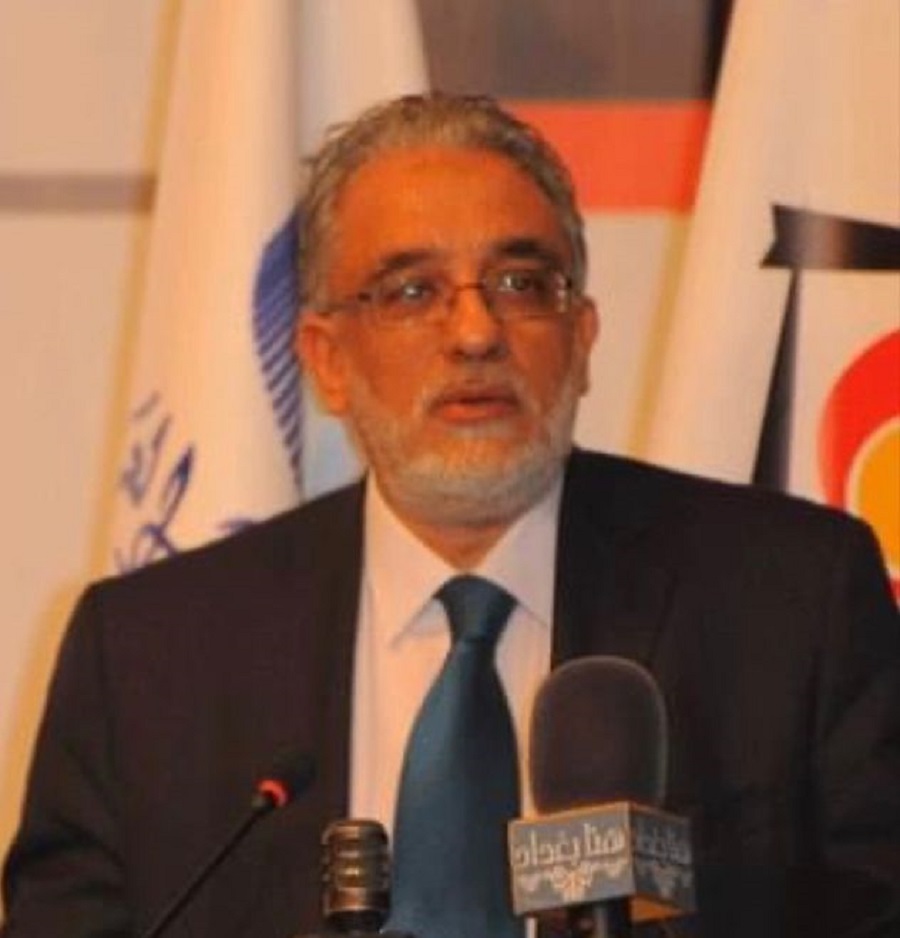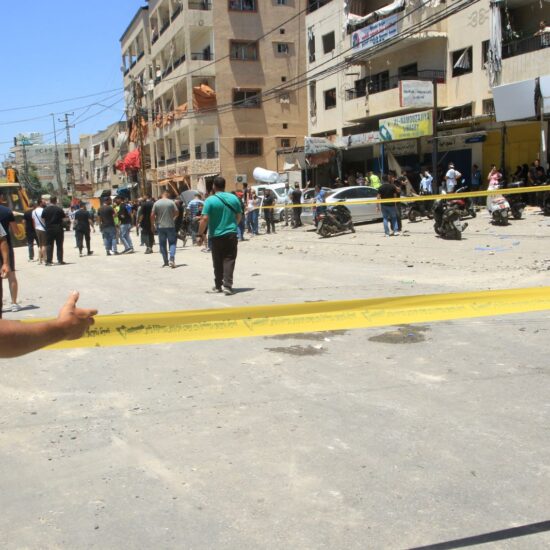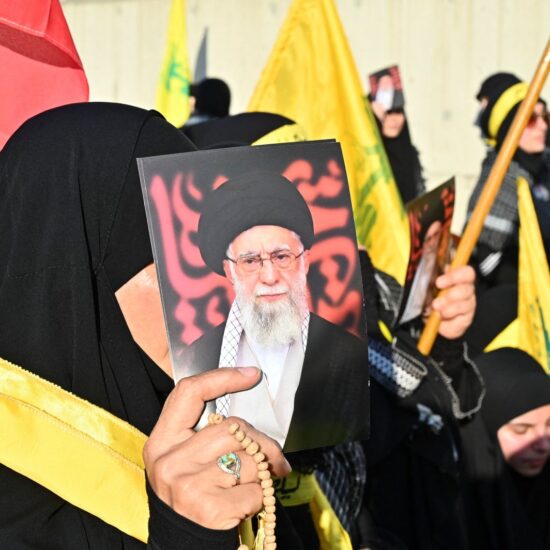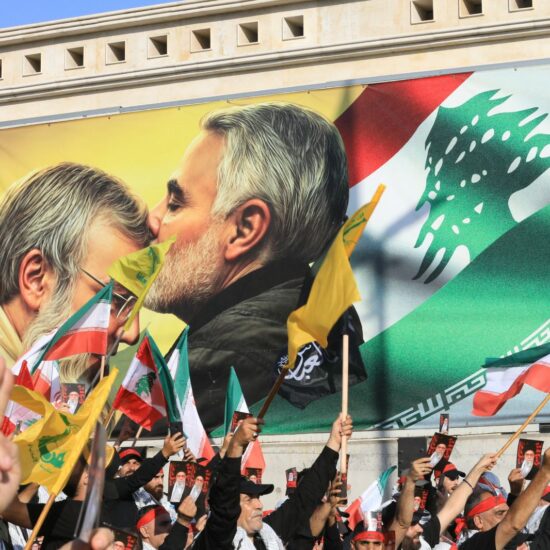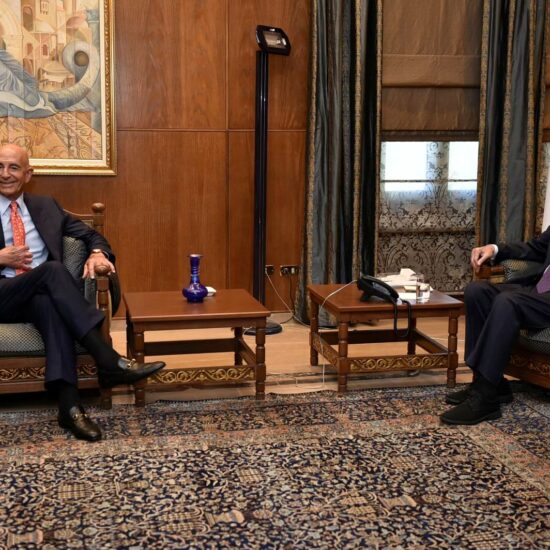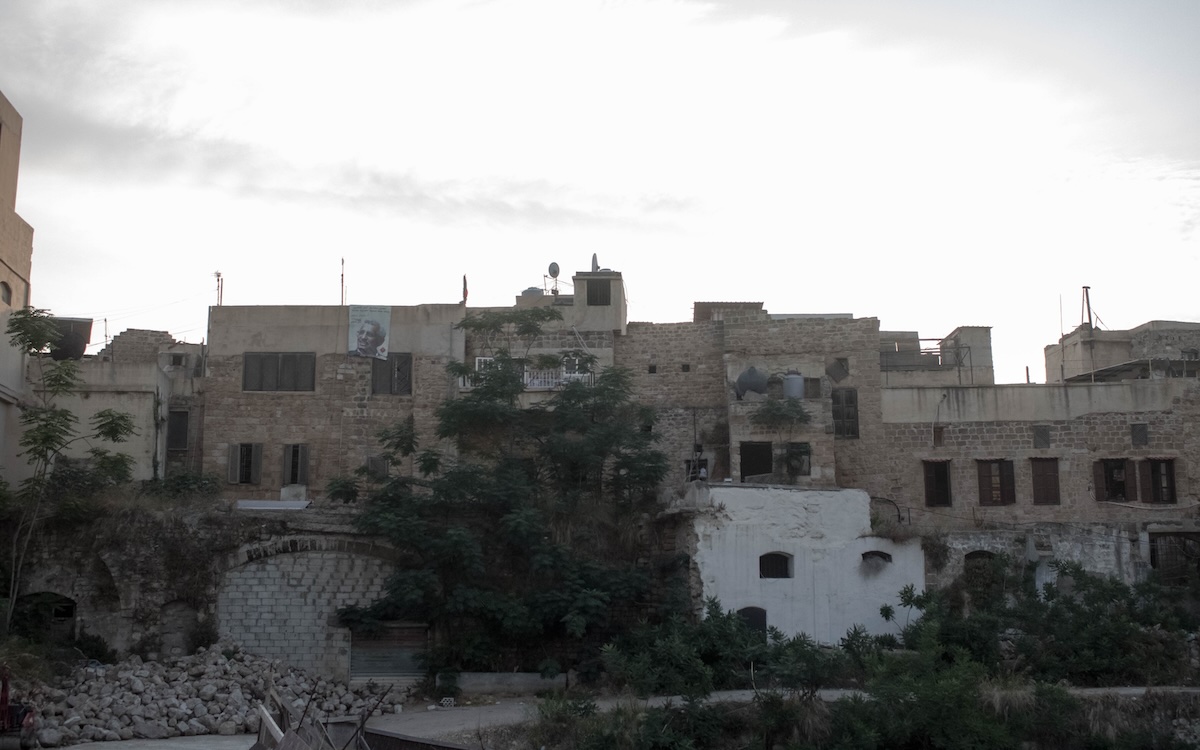
There has been a new spree in the demand for real estate in South Lebanon compared to a slowdown in Beirut and Mount Lebanon, the latest indicators released by the Ministry of Finance show. The real estate sector in Lebanon seemingly remains a safe haven in the current economic crisis, as the banking system has only saved 15 percent of the deposits’ value. How many years will it take buyers’ to sell again, when confidence is restored for prices to pick up, however, is another story.
According to data from the General Directorate of Land Registry and Cadastre (LRC), the number of Real Estate (RE) transactions recorded a sharp fall of 91.42 percent yearly to stand at 3,425 transactions by June 2023, compared to 39,921 transactions during the same period last year. According to developers, the sharp decrease in property demand in Lebanon led to a price drop of around 50 percent from pre-crisis levels. Also, the surface area of construction permits in Lebanon dropped by 47.92 percent y-o-y to 2,807,707 sqm in the first eight months of the current year, compared to 5,391,247 sqm during the same period last year. As far as the geographical distribution of construction permits is concerned, the Mount Lebanon region continued to control the lion’s share of the total area of issued permits (1,015,094 sqm <36.15 percent>), followed by the South (854,555 sqm <30.44 percent>), Nabatieh (517,773 sqm <18.44 percent), and Bekaa (311,009 sqm <11.08 percent>).
The good news in development activity comes from the South of Lebanon. Sources say that the rebound in activity in the south in real estate registry and construction permits is mainly due to the start of drilling and the discovery of a significant reserve in the Qana oil field in Lebanese territorial water, which may consolidate economic activity in the region and give Lebanon place in the geopolitics of the region. Many in Lebanon hope that gas and oil discoveries will help the country reverse a crippling economic crisis that has cost the local currency more than 98 percent of its value, eroded the country’s foreign reserves, and caused rolling blackouts across towns and cities. Consequently, the South of Lebanon is witnessing a surge in interest in the acquisition of lands and the establishment of many tourist projects. However, the area remains tense – a UNIFIL force of roughly 10,000 is needed more urgently than ever there. Tensions have been running high at the border with Israel, intensified by inflammatory rhetoric, testing the precarious calm sustained by mutual deterrence since the 2006 war.
Despite the security concerns, the trend seen in the South is not echoed on the overall territory, where land acquisition activity is slowing down with demand for properties falling by around 80 percent in 2022 and 2023 compared to the post-ongoing recessive environment financial crisis. The Southern region holds the biggest share of real estate transactions at 405, or 46.50 percent of total RE transactions in the month of June 2023, followed by Beirut at 234 transactions or 26.87 percent of total RE transactions. Furthermore, Nabatieh, a city in the south, grasped 13.20 percent of total RE activity in June 2023, compared to 8.50 percent or 74 transactions that the North grasped out of the total RE transactions, while Zahle held 11 transactions or 1.26 percent noting that no RE transactions were recorded in the area of Metn, Kesserwen, and Baabda for the month of June 2022.
Many reasons are behind the decrease in RE activity in Lebanon, mainly an ongoing nationwide strike by public employees which has led to major dysfunction in public services. In the same token, the value of total RE transactions stood at $484.56 million by June 2022, calculated at the new official rate of USD/LBP 15,000, which is 87.79 percent lower than $5.76 billion in the same period last year. Another reason for the slowdown is that in 2020 and 2021, buyers could still pay for their properties through cheques (lollars), which were needed by real estate developers to settle their bank loans. A further reason for the slowdown is that the demand during the crisis was for small apartments priced at approximately $150,000, averaging around 60 to 70 percent of properties in demand. Henceforth, the prices of constructed properties, especially hosting small apartments, have moderately rebounded.
It is interesting to note that the demand for non-resident investments is converging to the South real estate sector since the region still lacks tourism projects, resorts and Airbnb-like projects, sources in brokerage companies say. For the first time, buying property for investment purposes such as plots of land or big-built properties has reversed.
Another reason for the South real estate rush is the relatively stable and low prices by sqm. The average price for a plot of land is hovering around $30 per sqm and can dip as low as $20, according to broker Issam Moussawi. “In Beirut those prices can reach some $6000spm in high prime locations such as Ras Beirut,” he added, noting that surface areas are not the same nor the economic function of the plot.
The prospect for a long-lasting peace with Israel coupled with the exploration of gas in the Mediterranean is another advantage for an upward trend, other sources added. As the Transocean Barents, a drilling vessel chartered by the Total Energies/Eni/Qatar Energy consortium develops the promising Qana gas field in Lebanon’s Block No. 9, the region’s complex geopolitics means that getting even a significant gas find to market would require a stable regional environment on the Lebanese-Israeli border, intelligence reports show. The deal over the Qana oil field is a step in the direction of peace.
Moreover, the breakdown of RE activity by value for June 2023 illustrated that Beirut grasped the lion’s share of the total value of RE transactions, equivalent to 77.07 percent and worth $373.47 million, while the South followed, constituting 16.65 percent of the total and worth $80.70 million, statistics from the Ministry of Finance show. The most active periods were the first quarter and from the beginning of summer through to November. The surface area of construction permits in Lebanon, which reflects the level of future supply in the real estate sector, rose to 451,960 sqm during the month of August 2023, up from 359,020 sqm in July. The Bekaa enjoyed the highest exploitation coefficient, which stood at 509 sqm per construction permit YTD August 2023, followed by the Beirut (436 sqm/transaction), South (422 sqm/transaction), Mount Lebanon (394 sqm/transaction), North (369 sqm/transaction), and Nabatieh (349 sqm/transaction) governorates, Ministry of FinanceF indicators added.
Whether all the predictions for peace in the region will materialize towards strengthening the boom in South Lebanon is yet to be seen, but one thing for certain is even though it has witnessed severe upheavals, the growth of activity in the area will bring more visitors to a land with plenty of potential for development.
Maan Barazy is an economist and founder and president of the National Council of Entrepreneurship and Innovation. He tweets @maanbarazy.
The views in this story reflect those of the author alone and do not necessarily reflect the beliefs of NOW.


